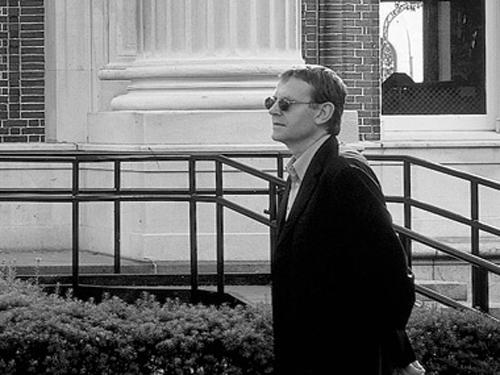"After nearly a decade of innovative leadership, Dean of Architecture, Planning and Preservation Mark Wigley has shared the news that this will be his final academic year as the School's dean.
Let me just say now that Mark has been an extraordinary dean, a University citizen of the first order, and a friend I, and I know we, cherish. In every context, he has represented the School and the institution in ways that make us all proud to be part of such a vibrant place. And to all of it he has brought his unique humor and made us laugh."
Text via Archinect.

Dean-Architecture, Sch Arch Plann/Pres; Professor. Photo, 2004.
Since taking office, Wigley has propelled students and faculty to extend their education abroad, launching eleven international studios in five continents, an initiative dubbed as “Studio-X Global.” Furthermore, he has sponsored the creation of more than a dozen unique research labs focusing on a range of subjects from the “future of cities” to cultural and technological advancement.
























